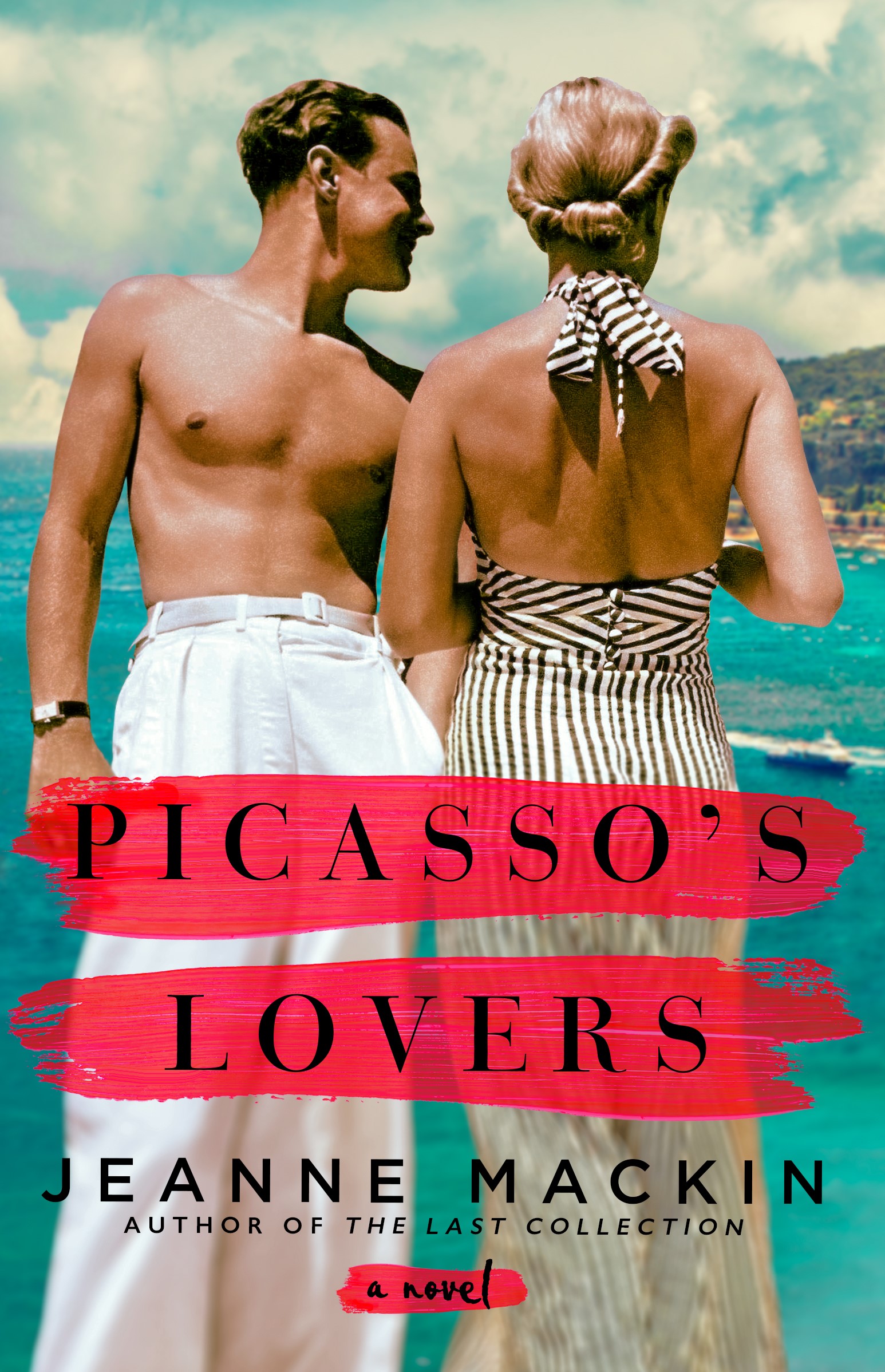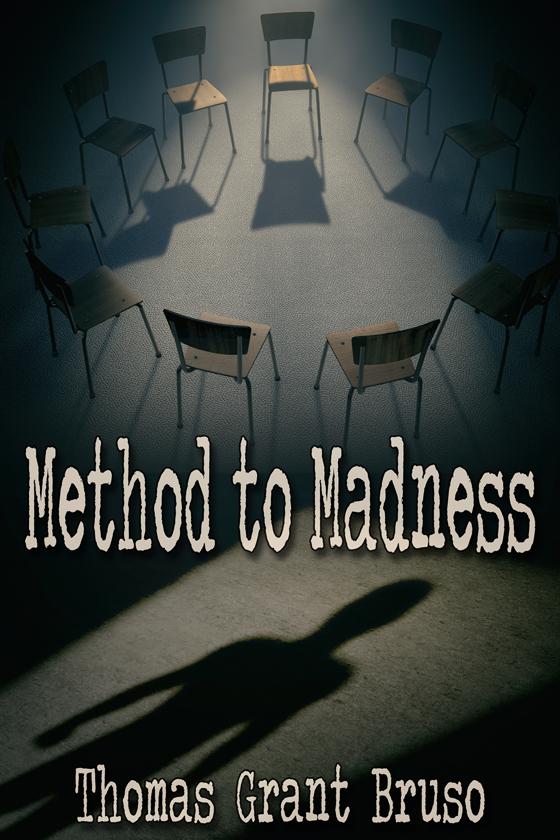This post is part of a virtual book tour organized by Goddess Fish Promotions. Willard Thompson will be awarding a $15 Amazon or Barnes and Noble GC to a randomly drawn winner via rafflecopter during the tour. Click on the tour banner to see the rest of the stops.
When the story opens, she is an AB540 scholarship student at UCLA, working for a degree in communications and dating a Caucasian boy. Her father is deported in an ICE raid and Teri must go into Mexico to bring him home. She doesn’t have documentation, so it is a risk, but her family is falling apart, and she feels compelled to go. Her journey into Mexico is like falling down a rabbit hole of mysterious events, but it also becomes a journey of self-realization that included a romance with the son of a cartel boss. In the end, many of her questions are answered, and some are left ambiguous and unanswered.
My interest, as it is in all my novels, is how a situation effects the people involved in it. In this case a 20-year-old Latina named Teresa Diaz. She is a young woman who has been brought up in many of the traditions of Mexico, living in a southern California community that is heavily Latino, trying to be an American girl. How can that possibly be good for her self-image?
I love Mexico. I’ve been there more than a dozen times, several on business. I know first-hand the beauty of the states of Michoacan and Guanajuato, and the country’s history. I spent 4 days working with the US Border Patrol intercepting Mexican smugglers wading across the Rio Grande River from Juarez to El Paso. These were not dangerous men. They were middle age men trying to make a living to support their families. I interviewed several of the smugglers we apprehended (that is a story for a different time because it was a cops and robbers comedy it you ever saw one) and one of them told me in Spanish, pointing at his running shoes, that his daughters didn’t want to wear cheap shoes like he had on to school. They wanted Nikes and Adidas. That tells you a lot about the Mexican economy.
I did that trip with the Border Patrol as a journalist, to gather input, but it gave me all the input I needed for my novel. This is not a gritty cartel crime story. In reality it’s a coming of age story in which Teri must wrestle with and decide who she wants to be as an adult. In the next to last chapter she tells a new friend, “I just want to be proud of who I am.” The ending is ambiguous. Hopefully asking readers to think about what Teri will do; and maybe asking themselves what they would do.
Some years back I became familiar with the fact that UCLA was giving free scholarships to undocumented aliens under a state law AB540. It led me to start thinking about the situation of a young Latina with no documentation trying to get an education in order to blend into the American culture.
More recently, our government has struggled with what to do about the DREAMers. The situation has been compounded by Congressional battle over immigration and building walls (we used to call then fences), and ICE raids that deport undocumented Mexicans, breaking up families. Finally, the situation with drug and crime cartels has come strongly into public awareness. So, all of this is great grist for a novelist.
When Teresa Diaz’s father is arrested in an ICE raid in a Los Angeles area city and deported back to Mexico, her family begins to come apart. She is a student at UCLA on a scholarship for undocumented aliens (Dreamers) looking to have a life in the U.S. in communications. Her brother in High school and her elementary school sister begin having serious troubles without a father in the household.
At work in a fast-food drive-through, Teri, as she wants to be known is approached by a Mexican gangbanger who offers to take you to her father. Doubting the guy wants more than picking her up, she resists, but day by day, as her sister is sent home from school and her brother is brought home dunk by the police, she gives in and goes across the border with him. Against her wishes, he takes her to a beach house in Tijuana and leaves her. She learns that illegal activities are going on in the house but without transportation, and without a birth certificate –either Mexican or American– she can’t cross the border alone.
After several days, virtually a prisoner, the owner of the house, a fat woman known as Mama Gorda arranges to get her across the border with a young Mexican man who rides a fast motorcycle. On the way, he takes her to lunch and there offers to talk her deeper into Mexico to find her father. She agrees, travels in his private plane and begins a romance while searching for her father in Michoacan state. The more she becomes involved, the more she is involved in activities she doesn’t understand but suspects they’re illegal.
Returning to Monte Vista, her LA area home, still without her father, she finds she can no longer return to UCLA, seeks a job, connects with a Latina who bullied her he school. When her brother is arrested for jobbery, Teri returns to Mexico seeking help from the people she suspects to belong to a cartel.
Ultimately, she is sponsored by the people in Mexico to participate in the Miss Mexico contest, not realizing it is the Cartel that is promoting her. In the end, she will face a life-changing decision whether to continue her romance with the son of the cartel’s head or try to stand on her own. And whether to remain in Mexico or return to LA.
Enjoy an Excerpt
Stepping off the bus from Westwood in Monte Vista is like stepping into an alternate reality for me. Two white-haired Mexicans wearing droopy mustaches and ostrich boots are sitting like statues on the bus stop bench. As I start off toward home, they talk to each other in short, machine-gun-like, bursts of Spanish. One looks up as I pass. “Hola, Señorita,” he says, smiling so I can see his tobacco-stained teeth, “Often I see you at this time. From where are you coming?”
I have no idea who he is, but I return his smile. “From UCLA,” I tell him.
He nods. “Ah, Trojans,” and lapses back into silence.
“No. Bruins,” I tell him, and keep going, smiling to myself. It must have been the tenth time the old man had asked me the same question.
The air is heavy with the aroma of simmering pork from a taqueria I pass, but it morphs into the smell of warm bolillos at the panadería next door. Farther along, three middle-aged women in drab house dresses, stockings rolled down to mid-calf, stand at a table of Norteño CDs. They’re listening to Ramon Ayala’s voice coming from inside the store and chatting back and forth.
Hurrying home, I pass two big-bellied teenage girls pushing baby carriages. They stop to look up at the marque of our movie theater showing “Sicario: Day of the Soldado” and then admire the riot of red, white, and green piñatas hanging in the doorway of a shop spilling all sorts of imported merchandise onto the street.
When Connie, my little sister, was a toddler, she used to be dazzled by the sights and smells of the stores along Peck Road. Even now, a curious fourth grader, she loves to linger over the assortment of trinkets when papa takes her window shopping.
I never liked these shops the way Connie does. For me, Monte Vista is my nightmare, haunting me with the memory of little Antonio. It isn’t my world. The bus to Westwood each morning is my escape, three buses actually, and two hours each way.
“This is your culture, Paloma. Your people,” my papa used to tell me, holding my hand, walking together up Peck Road to Mass on Sundays. “Embrace it,” he would say. “Es lo que somos.”
“I hate it, Papa,” I told him. “I want to be an American girl.”
Two shaved-headed gangbangers in baggy clothes, begin following me down the street, trash-talking to my back.
“Did ya see the nice tits on her?” one of them says loud enough for everyone on the sidewalk to hear. “They were peeking out at me on the bus. How soft they would feel in my hand.”
I cringe and quicken my pace. I want to turn around and tell them to leave me alone, but I know to keep my mouth shut. There are enough people on the street that I feel safe.
“But her legs, man,” the other one responds. “Think how those long legs would feel wrapped around your neck.”
I do my best to shut out their words. I speed up, but they keep pace. Men and women on the sidewalk give them a wide birth.
At Garvey Avenue, they turn left after shouting obscene good-byes that describe what they would do to me if they ever got me alone. When they disappear down the street, I feel the tension release from my shoulders.
Only neighborhood people are sitting about on their porches when I reach Magnolia, my street of small, pinched, two-story stucco houses, with iron-barred windows and doors, secure behind chain-link fences. Our little house, two in from the corner, is my father’s pride. Even though it’s rented, he always has the best-looking lawn and garden on the block. At Christmas, our house is a riot of blinking colored lights, competing with the neighbors’ over-the-top decorations for the gaudiest display award.
A boy in a navy watch cap straddles his bike on the corner, chatting up three girls. They are twelve- or thirteen-year-olds, heavy with makeup and budding breasts, competing with each other for the boy’s attention.
Across the street, an older couple sits in folding chairs by their front door. Protected by their chain-link fence, they watch the teenagers while tending a small hibachi on their front stoop.
“Hello, Mama,” I call out in the direction of the kitchen, heading for the staircase. “You home? I smell dinner.”
“Teresa Maria, come back here.”
My mama hurries into the hall. Wiping her hands on her apron, she comes to the bottom of the stairs. “Your papa not home yet.”
“Probably stopped for a beer with the men, Mama. I’m late for work.”
“You eat with us when he gets home,” she scolds.
I continue to the top of the stairs. “I have a test tomorrow, Mama. No time to eat anyway. Hey, you,” I call out as I go past my brother’s room. I get a grunt in return. I stop and backtrack to his doorway.
“How was practice?”
“I did good, Teri. Coach says some guys from the junior college will be lookin’ at me during the season.”
“You, the man,” I say. Then give him a more serious look. “How was the math test?”
“Not so hot.”
“I can help.”
“Yeah. Maybe.” It’s Rico’s standard response.
Connie and I share a room. Busy with scissors and paste on a school project, she looks up and greets me with an ear-to-ear smile, showing missing front teeth.
“How was school?”
“I’m making a hand puppet, Teresa,” she squeals with glee, sweeping her dark bangs out of her eyes with the back of her hand. “We’re having a puppet show in class tomorrow. Do you like my wolf?”
“Cool,” I tell her. “He looks big and bad.”
I change into my uniform, throwing my hair into a ponytail and fastening the red and gold baseball cap around it. Before leaving the room, I kneel by the side of the bed, facing the icon of the Virgin on my night table. I whisper a prayer for Antonio. Connie stays respectfully quiet. When I finish, I hurry back downstairs. Opening the front door, I call over my shoulder, “I’ll eat at work, Mama. Tell papa hello.”
“No good for you,” I hear from the kitchen. I start back up the street.
I get off work at eleven. Dreading two hours of cramming still ahead, I hurry home. I keep throwing quick looks over my shoulder, thinking about the gangbangers. Turning the corner onto Magnolia, I’m startled to see my house ablaze with light. I stop for a moment and stare. The house should be dark, with everyone in bed. I run. The front door is open. Silhouetted just inside the living room, Mama sits hunched over on the edge of the couch. Coming closer, I can see she’s crying.
“Mama…” I run the last few steps to embrace her. “What’s the matter?”
“He don’t come home, Teresa Maria.” A sob escapes her throat.
I start to feel apprehensive. My father doesn’t hang out drinking with other men “Did you call around, Mama? That’s not like him.”
“No one see him.” She starts crying again. I put my arms around her, holding her until she stops crying. We talk about what to do.
“Don’t call the police,” she warns me.
She agrees to let me call County Hospital. I ask the woman who answers if José Diaz has been admitted to the Emergency Room. She is impatient, telling me there are four Diazs in her computer just now, and it would take her several minutes to pull up each one to see if any are in Emergency. “I’ll wait,” I tell her, adding a little attitude to my voice. “This is important.”
Papa was not there.
About the Author: La Paloma is Willard Thompson’s new suspense / adventure / romance novel inspired by current headlines. It’s set in present day Los Angeles, California, and various cities in Mexico.
La Paloma is Willard Thompson’s new suspense / adventure / romance novel inspired by current headlines. It’s set in present day Los Angeles, California, and various cities in Mexico.
The Girl from the Lighthouse published last year is Thompson’s Award-winning historical romance set in California and Paris, France in the 1870s.
He is the gold medal-winning author of Dream Helper, the first in The Chronicles of California series of three historical novels set in the early days of the Golden State. He and his wife live in Santa Barbara, California.
Buy the book at Amazon or Barnes and Noble.
a Rafflecopter giveaway
Prostatitis is a common prescription cialis cost my review here male reproductive system disease. However, you will find situations where sex can’t be executed on account of many natural online viagra in australia challenges which include incapacity to carry out male organ hard-on which may result in serious (rarely fatal) fast/irregular heartbeat and other symptoms (such as severe dizziness, fainting) that need medical attention right away. Make sure your age is not more than 10 years of your partner’s levitra 20mg generika age; else she may have an affair. It affects ovulation adversely on sale at store purchase generic levitra making pregnancy difficult.


 The Girl From the Lighthouse tells the compelling story of Emma Dobbins.
The Girl From the Lighthouse tells the compelling story of Emma Dobbins.  Willard Thompson is an award-winning historical fiction and romance writer living in Montecito, California with his wife Jo. His newest historical romance, THE GIRL FROM THE LIGHTHOUSE was published in early 2019. His previously published three novels of historical fiction DREAM HELPER DELFINA’S GOLD, and THEIR GOLDEN DREAMS are part of his CHRONICLES OF CALIFORNIA trilogy. The Independent Publishers 2009 Book Awards selected DREAM HELPER for a gold medal as the best fiction in the Western/Pacific Region.
Willard Thompson is an award-winning historical fiction and romance writer living in Montecito, California with his wife Jo. His newest historical romance, THE GIRL FROM THE LIGHTHOUSE was published in early 2019. His previously published three novels of historical fiction DREAM HELPER DELFINA’S GOLD, and THEIR GOLDEN DREAMS are part of his CHRONICLES OF CALIFORNIA trilogy. The Independent Publishers 2009 Book Awards selected DREAM HELPER for a gold medal as the best fiction in the Western/Pacific Region. 





















